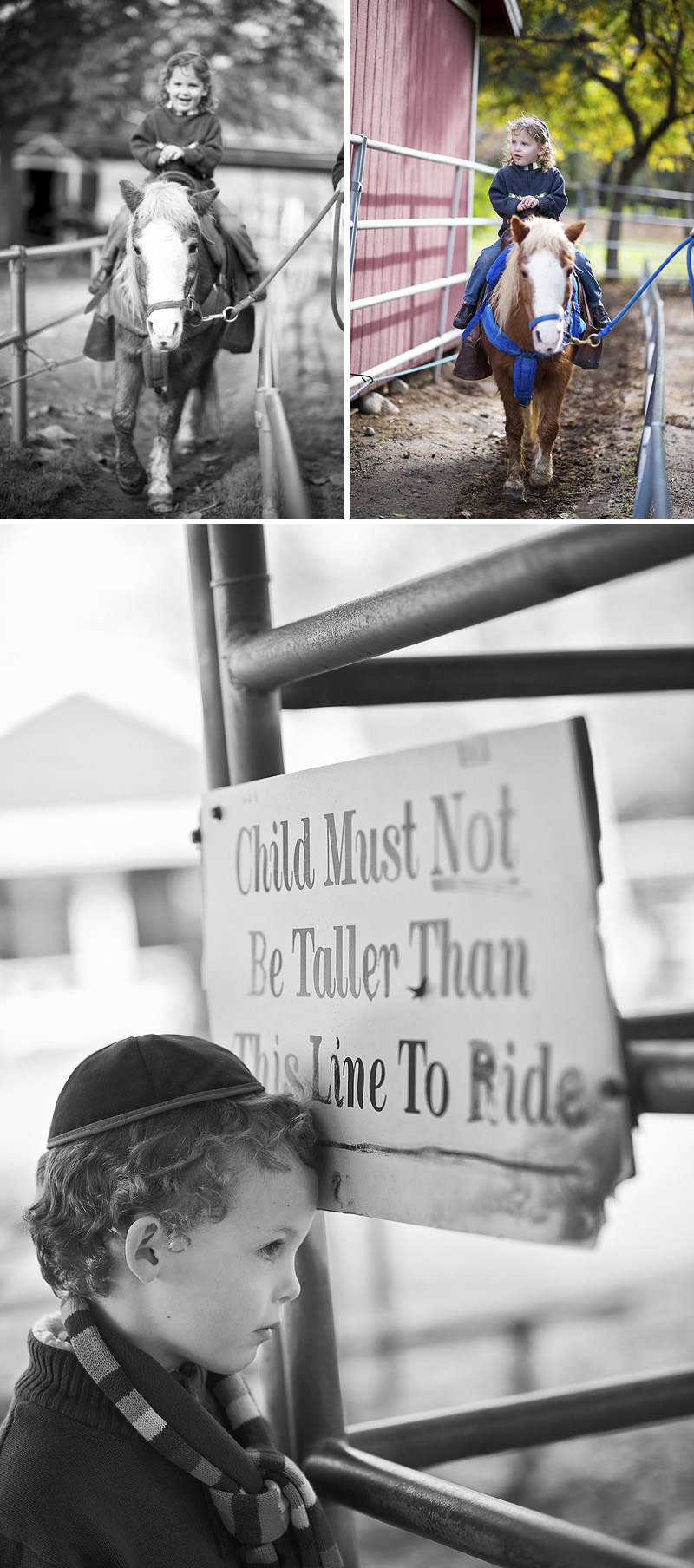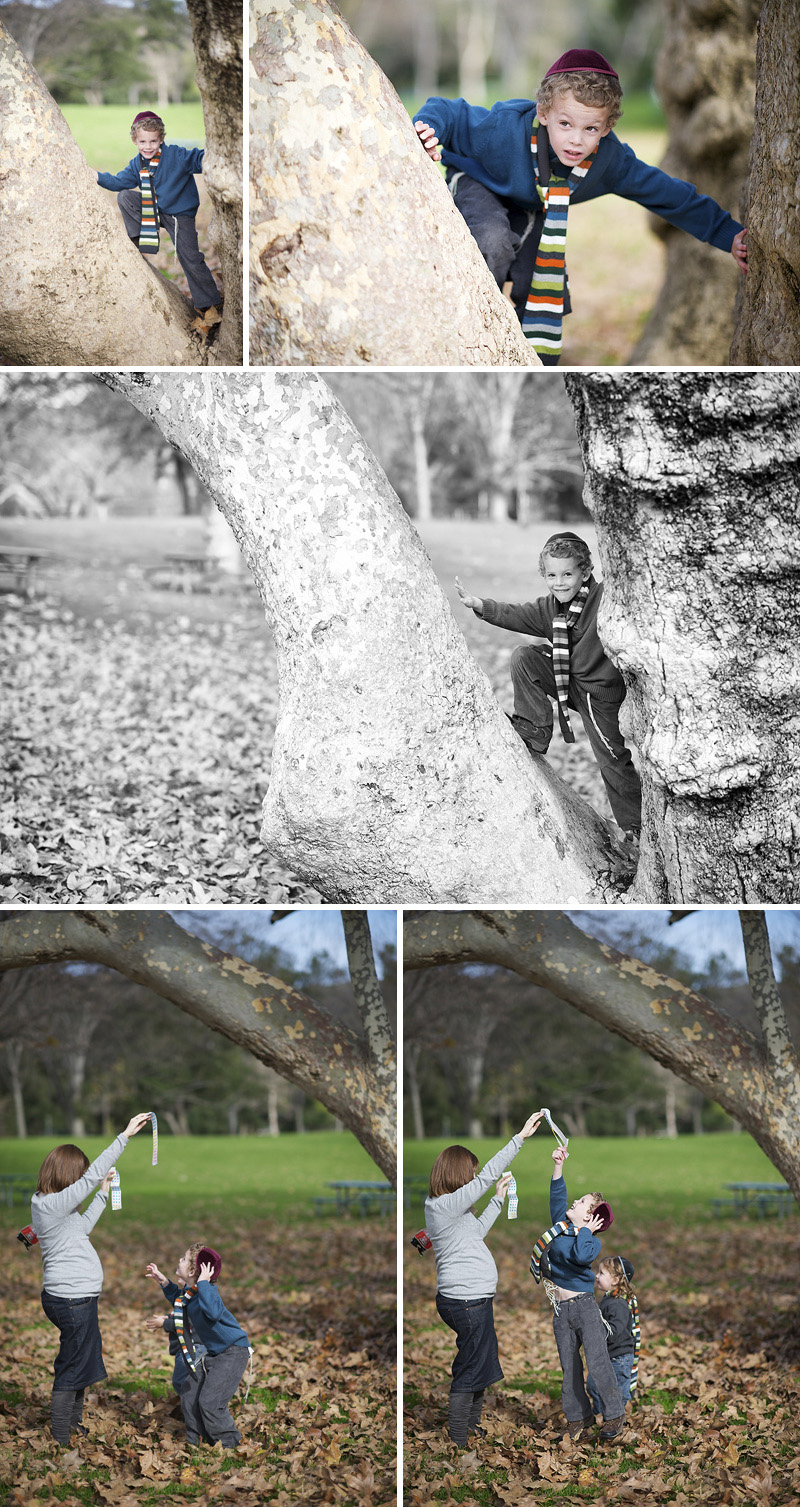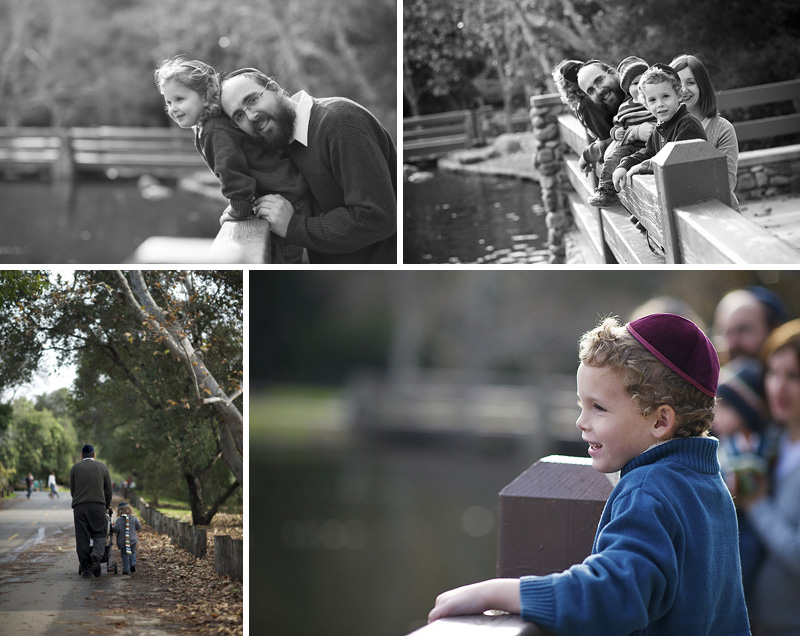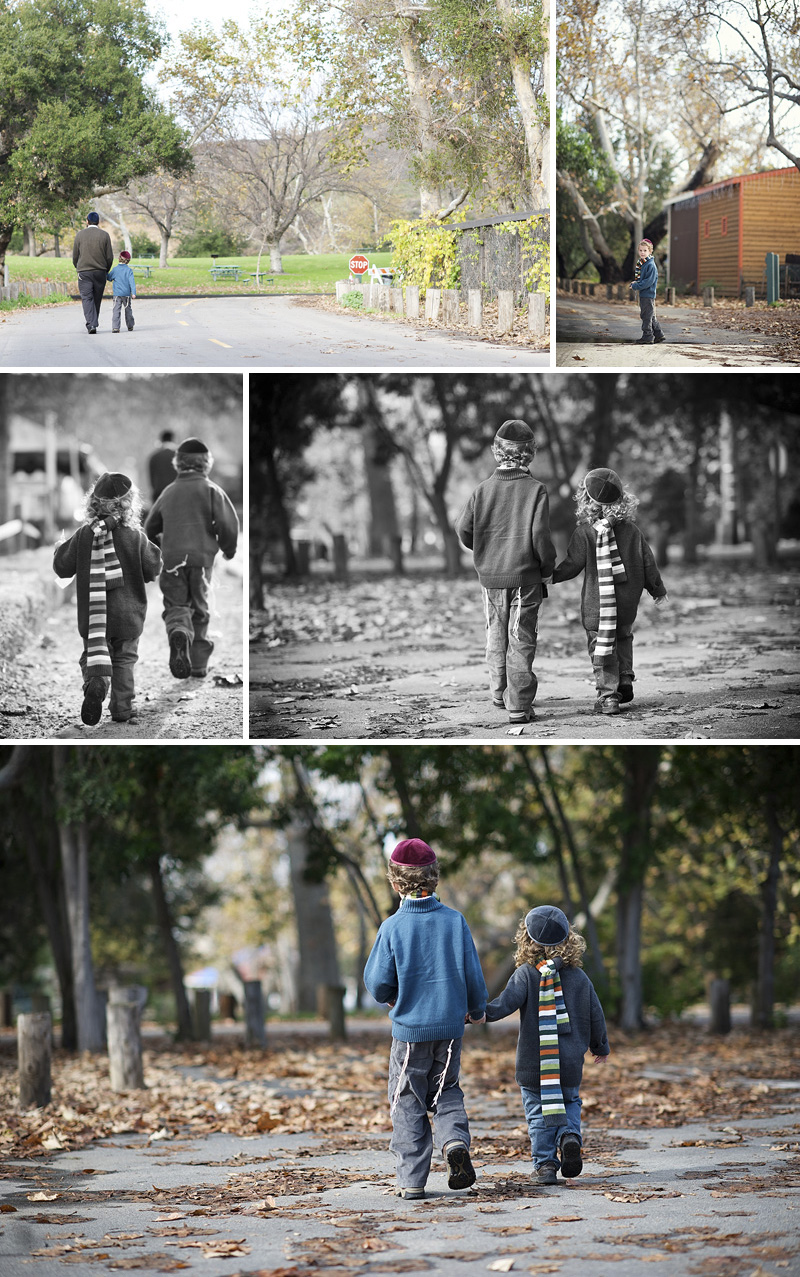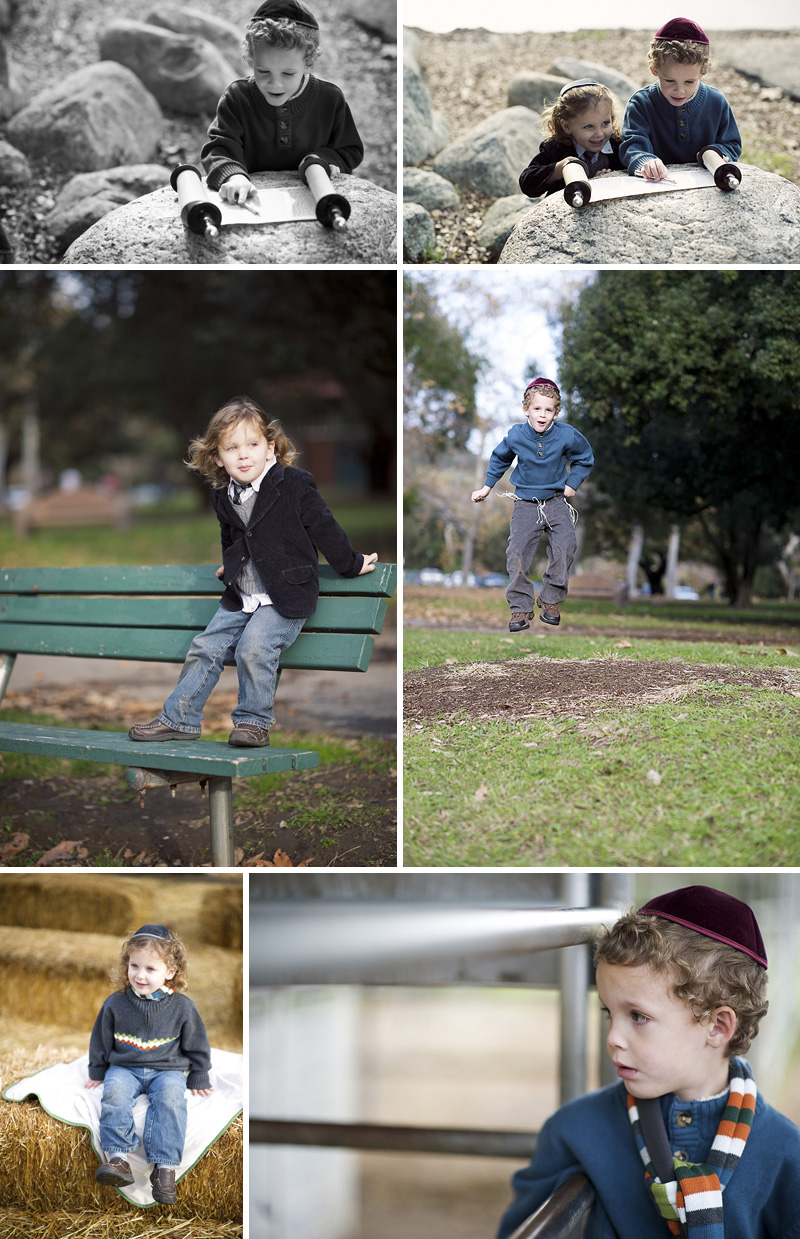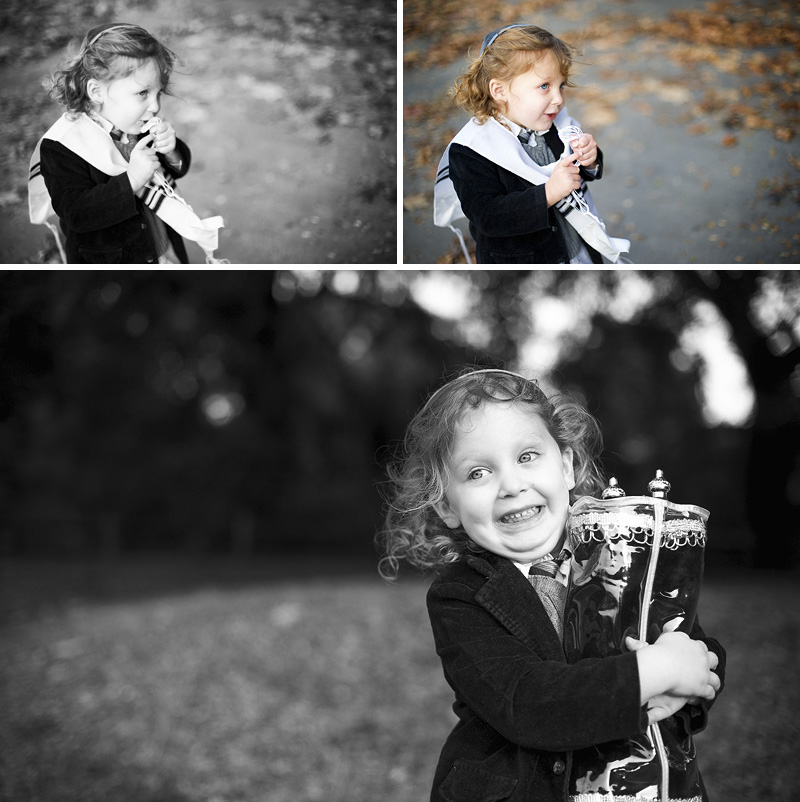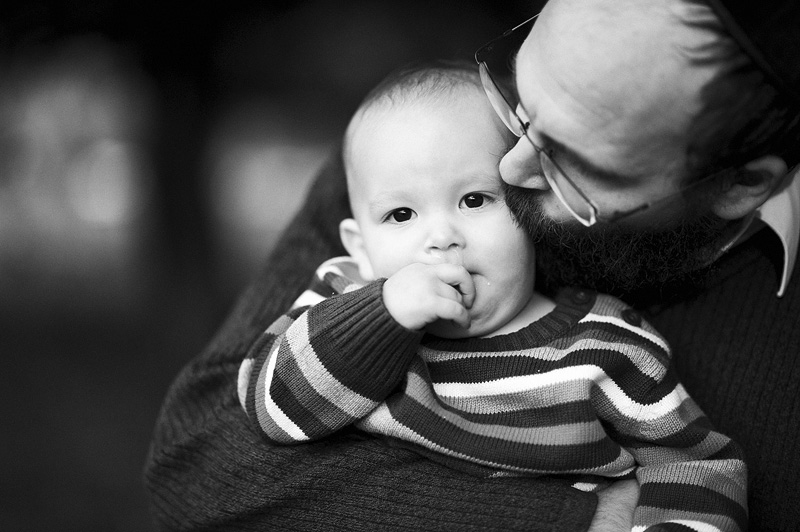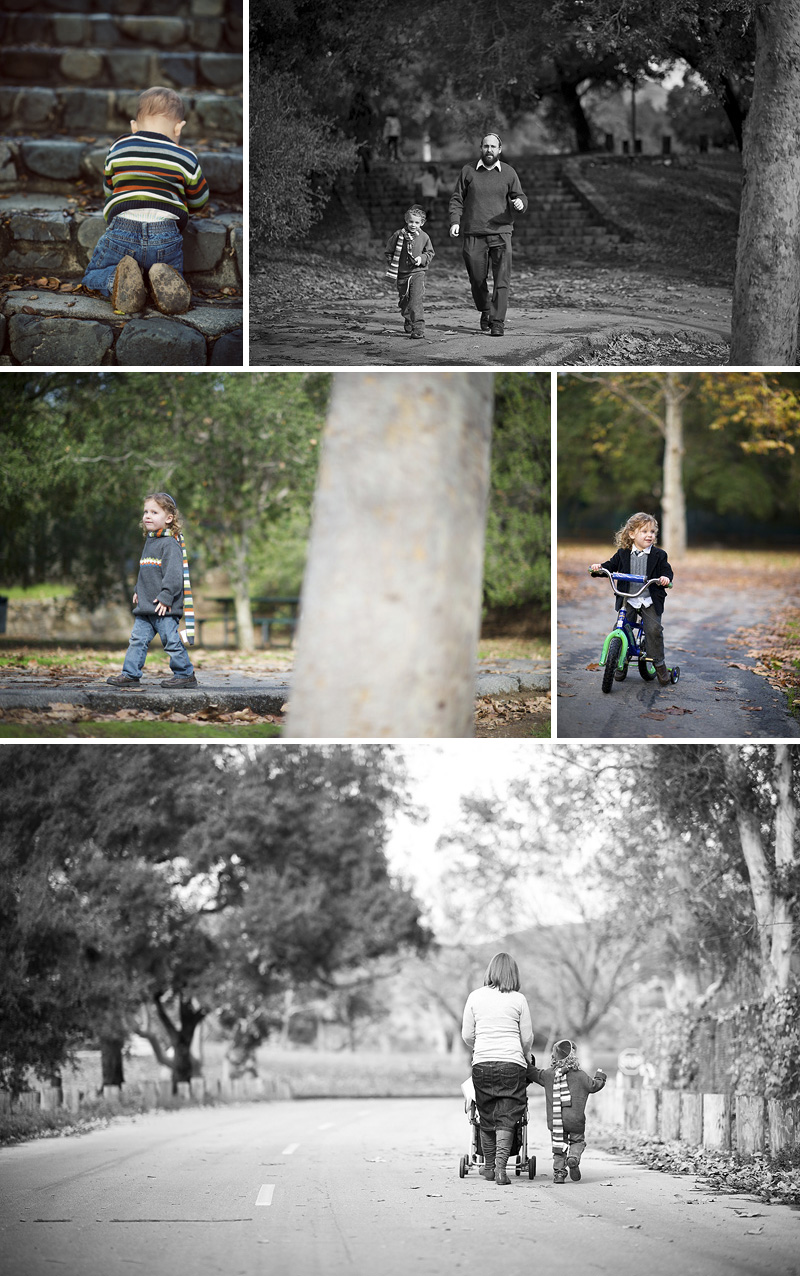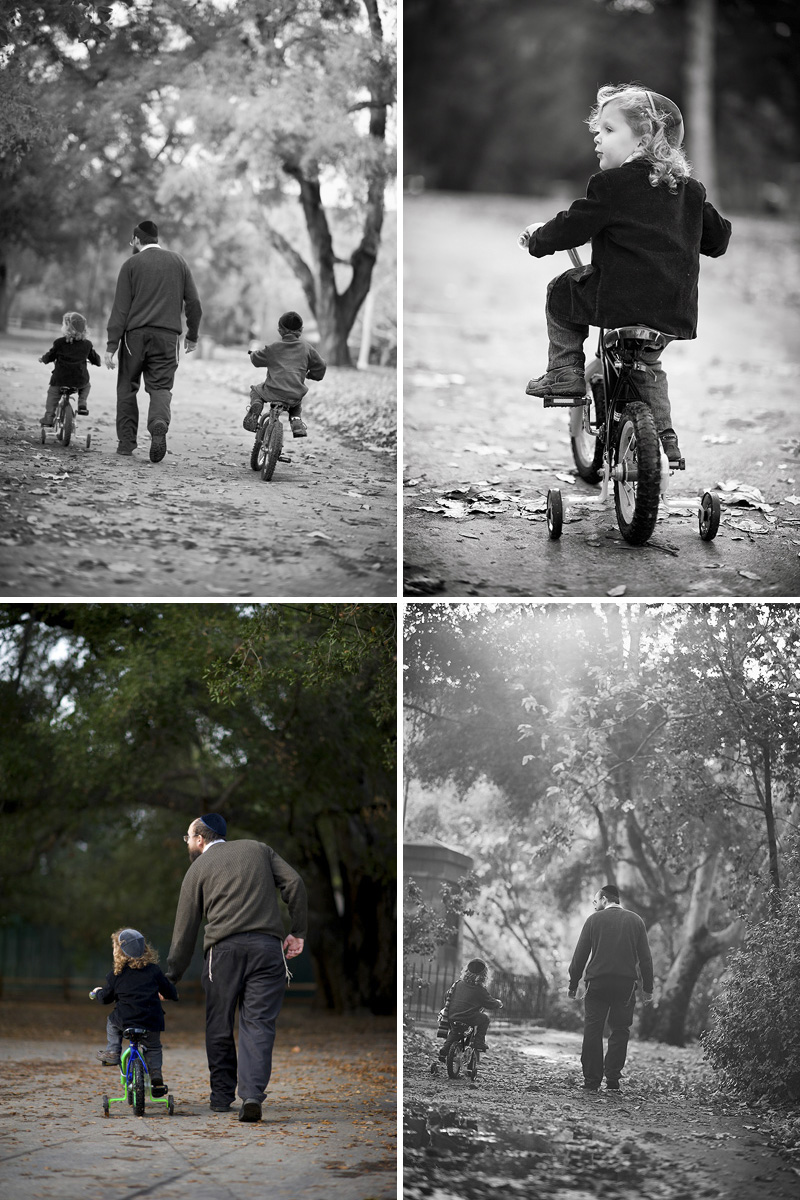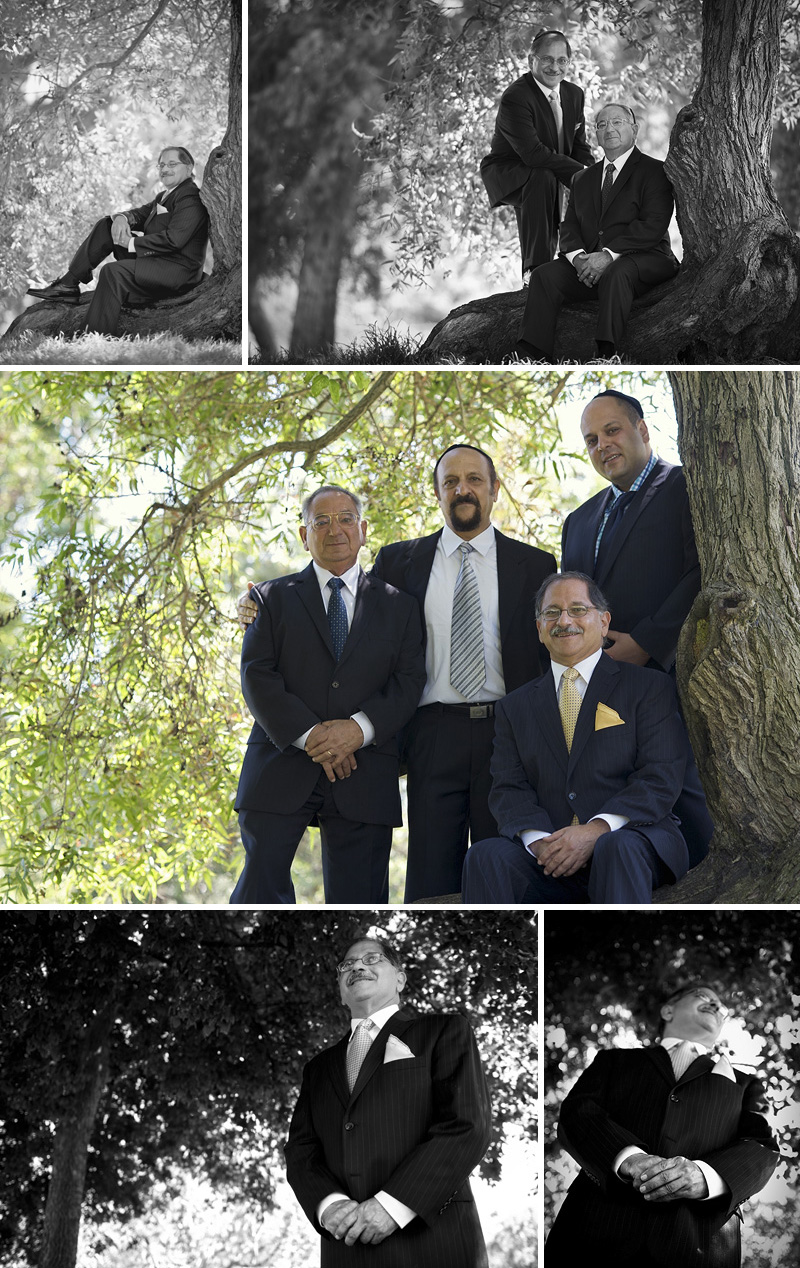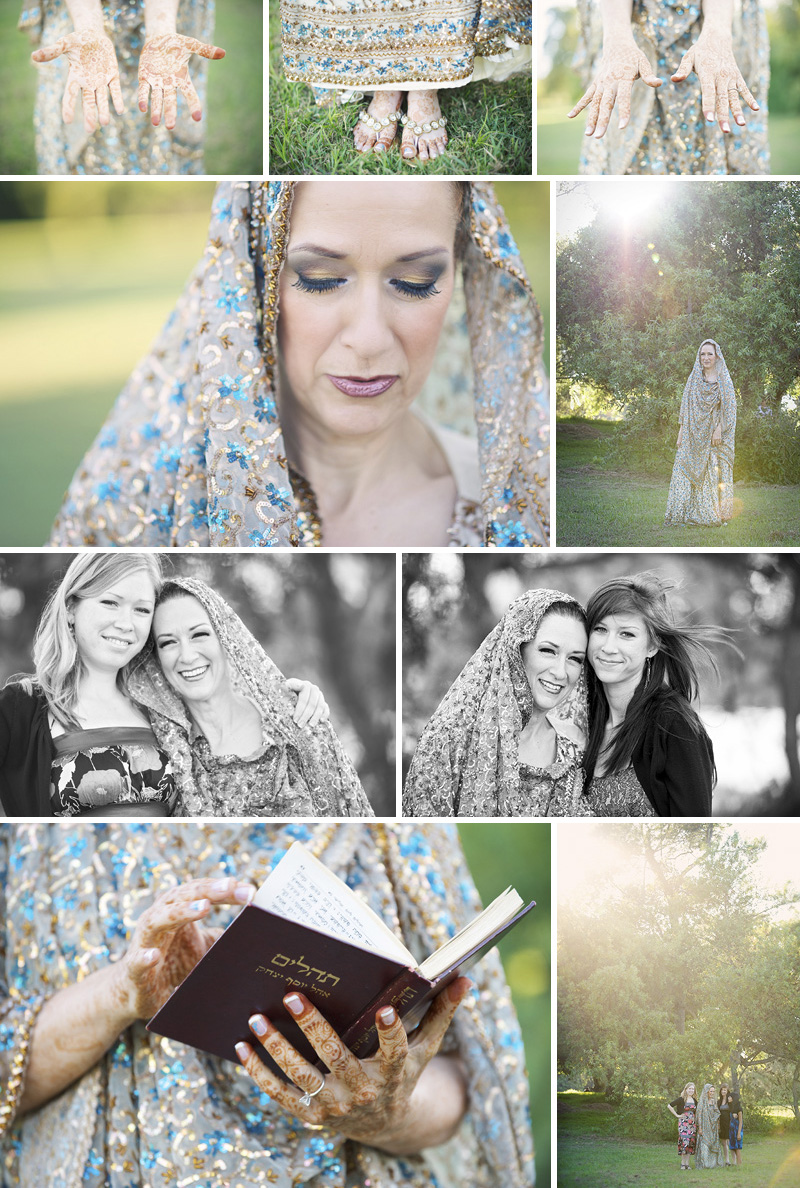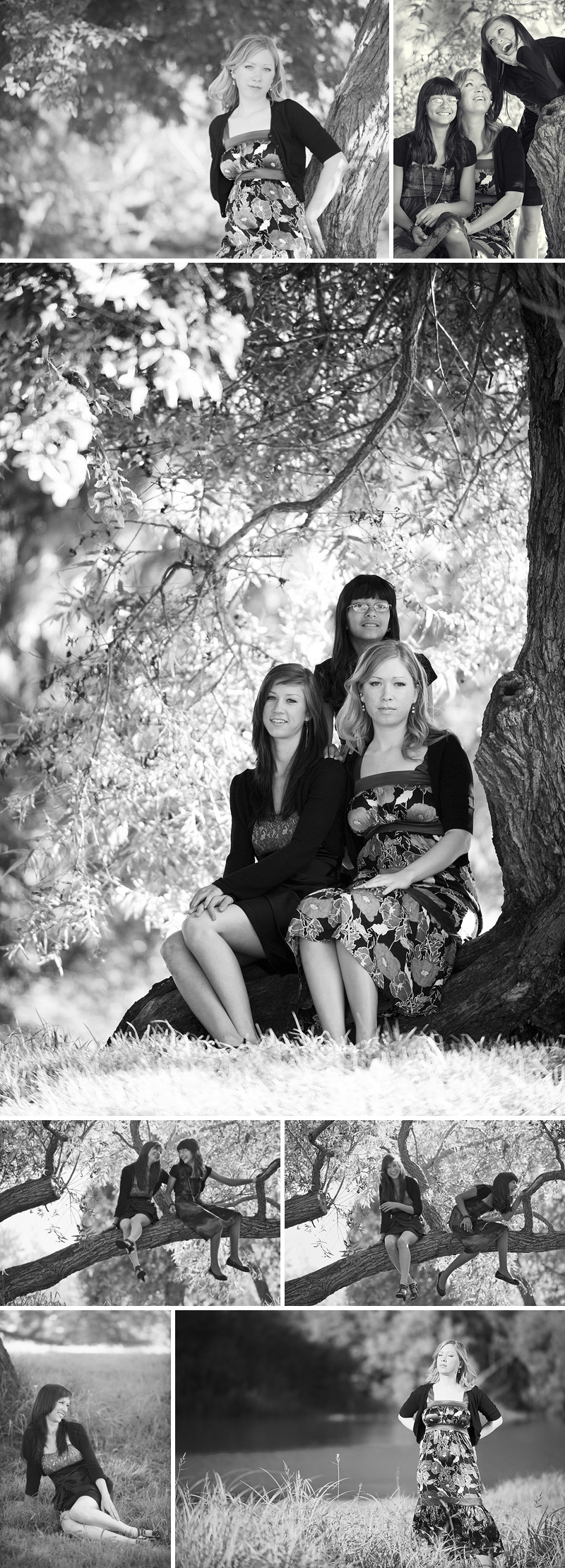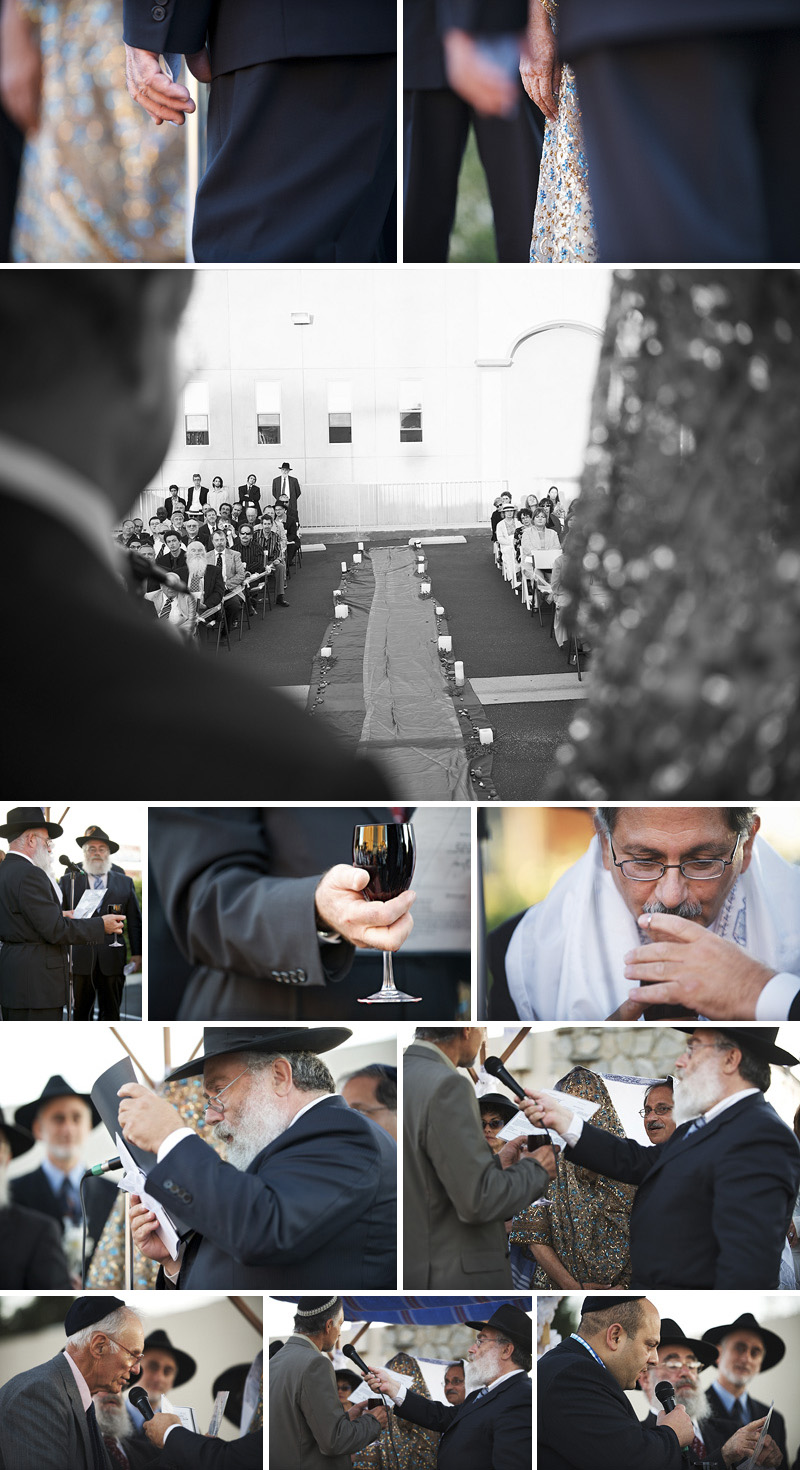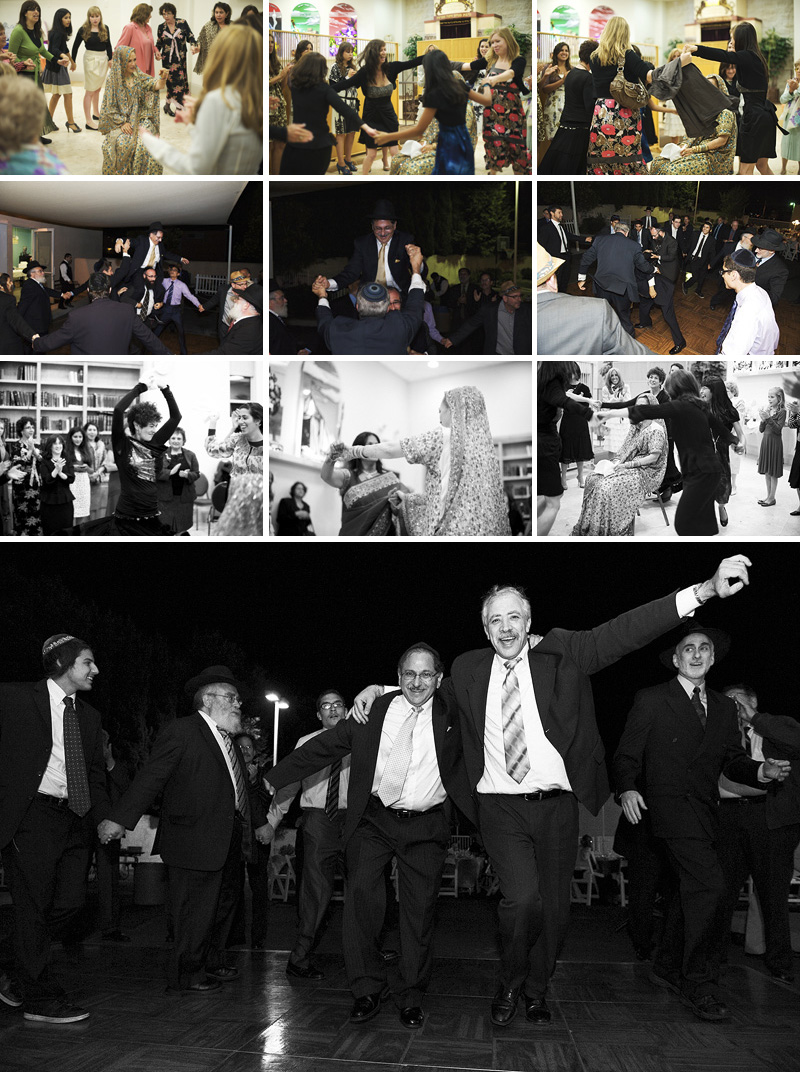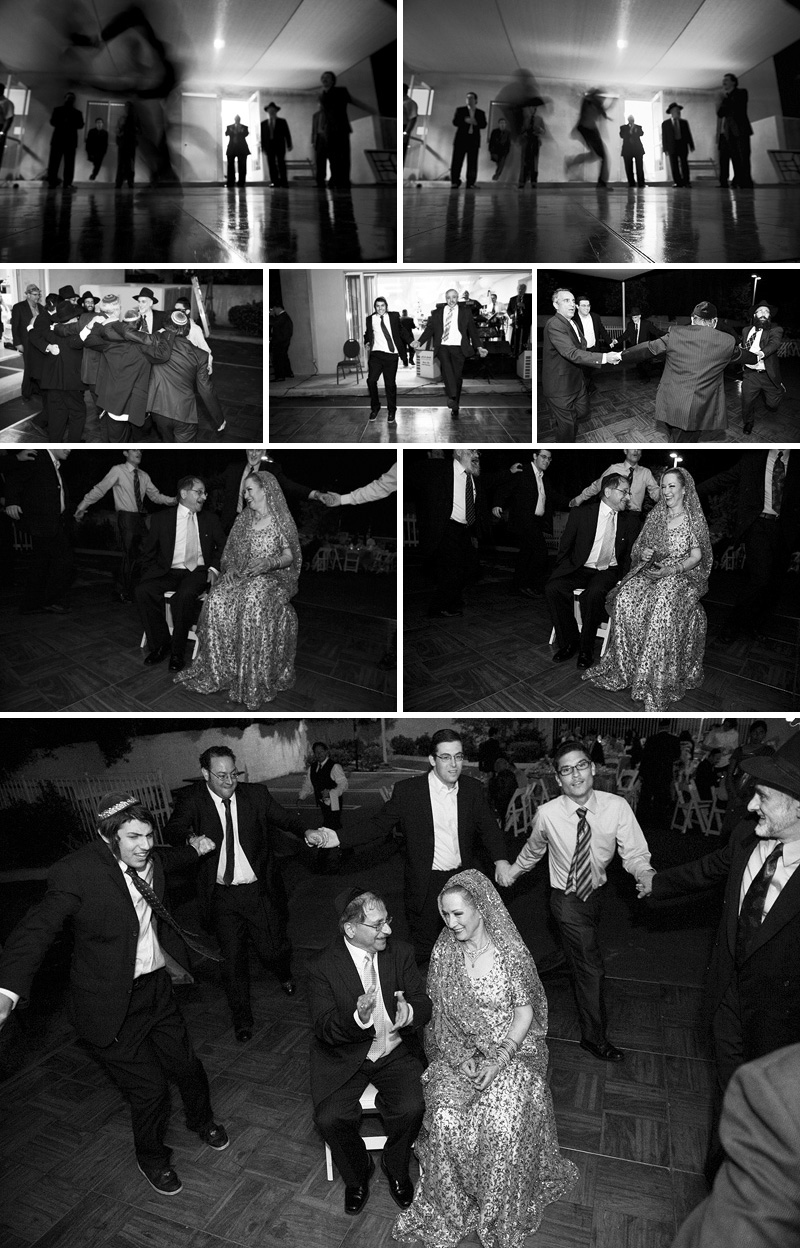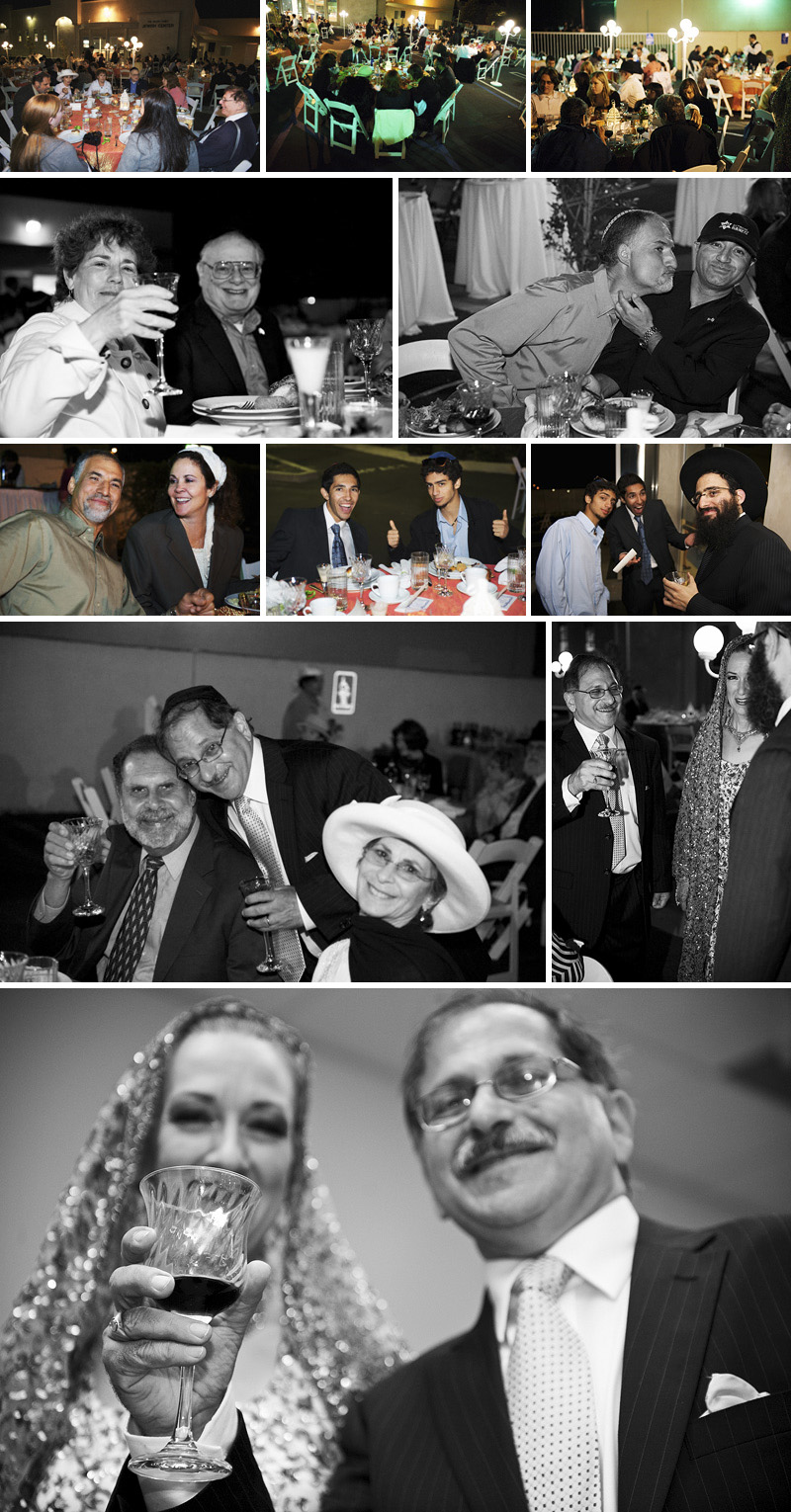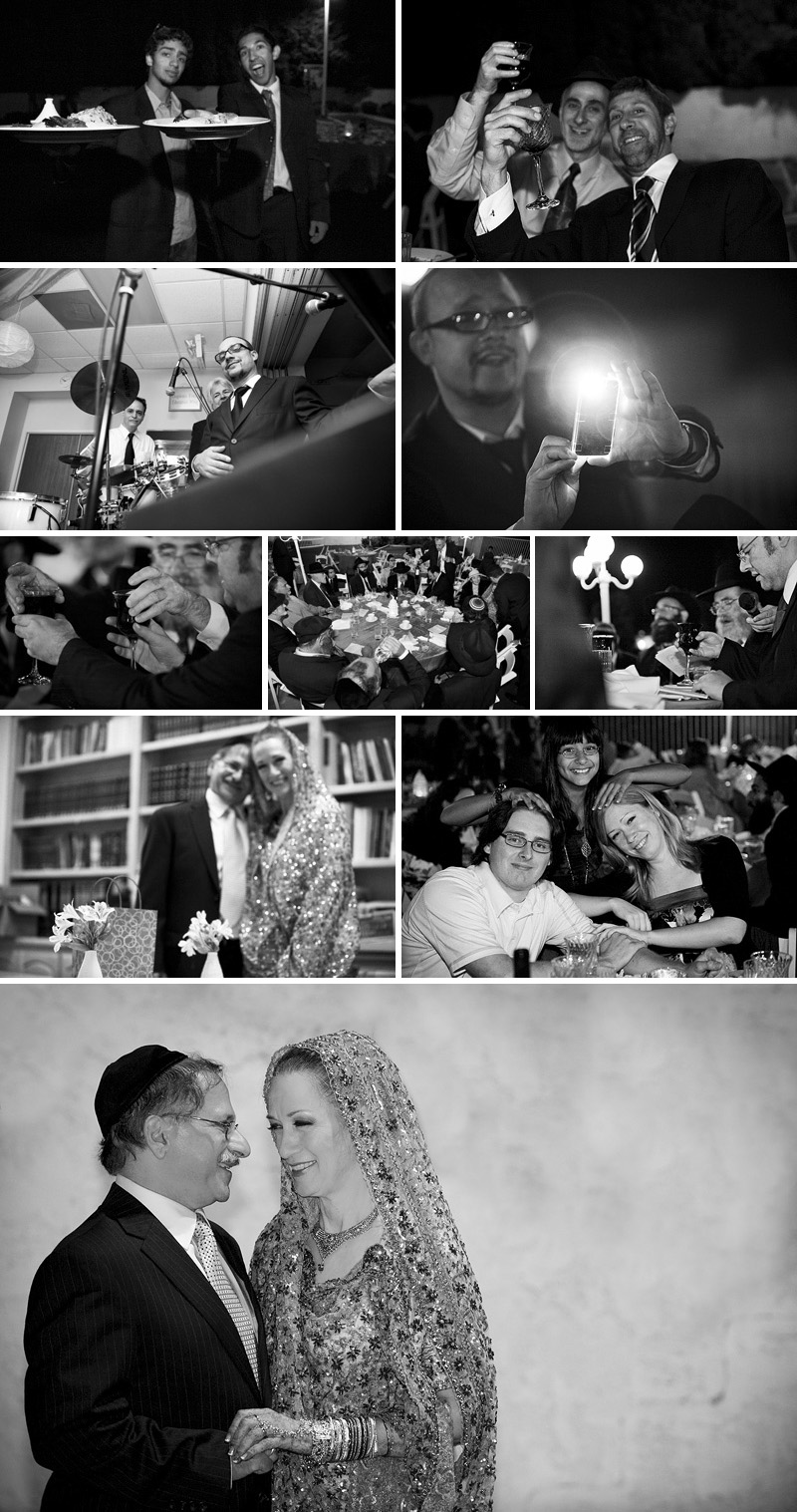Question:
Howdily-doodily Mr. Photography man person,
I came across your blogididly and you have indeedily-doodily wonderful images.
In my old (but oddly non aging) age, with the grace of G-d I have taken up photography in an attempt to record the life of my wonderful kids (even the one with all that devil hair) before they grow up (which they haven't been able to do in the past 22 years, but one never knows when they'll start), and I wanted to ask how exact-diddly-act-ily do you set focus on an object, lets say a child and the rest is perfect-o-diddlyo blurred out? Okily-dokily, I think that's it for now. Thank you in advance for your reply and for doing the Lords work. Amen.
Your humble servant,
Ned Flanders
Answer:
Hello Ned,
It's nice to hear from you again. It's been what, 17 and half years? Well anyways, I hope you are doing well. To answer your question (its pretty simple, but I am going to make it as complicated as possible):
There are two concepts that come into play. There is subject/background separation and depth of field (from here on called DOF). We'll deal with DOF first.
First of all the definition: Depth of field is how much of the picture is in focus. In simple terms there is (to a certain degree) an ability to set (either in your settings or choice of equipment) how much is in focus. In reality however there is always only one part of the picture in focus (in more accurate terms one distance), however there are degrees of unfocussness or blurriness on the rest. Since the falloff to complete blurriness is not abrupt the DOF is not an exact number. In photographic terms the part of the photo which has acceptable sharpness is called the circle of confusion (i.e. how much of the photo our mind is tricked into seeing as sharp). This depends on three things: How accurate our vision is, the size of the print (or desired viewable screen size), and the viewing distance.
Okay, now that we got that out of the way, there are four things that affect the DOF.
1. Aperture. How much light the lens lets in. The larger the aperture the less is in focus. (For a beginners guide to this stuff check out the pioneer woman's "what the heck is an aperture" series.)
2. Subject to camera distance. The closer the lens is focused the less the DOF is going to be.
3. Focal length. The longer the lens the smaller the DOF at similar apertures (i.e. a 180mm lens @ f/2.8 (that's the aperture) will have less DOF than a 50mm @ f/2.8). Now this will be argued by some for some scientific reason, but for most intents and purposes it's true.
4. Sensor size. Okay this one is a bit tricky. The larger the sensor is (the part of the camera that records the photo, previously known as film) the longer the lens used for the same scene is going to be. I.e. an 80-110mm lens on a medium format camera will give you the same picture as (approximately) a 50mm lens on a 35mm camera (and a 35mm lens on a cropped sensor camera like a Canon Rebel or a Nikon D90) and a 10mm lens on a smaller point and shoot and a 1mm on a camera phone. So for the same scene you'd be using a longer focal length leading to less depth of field.
Got it?
Okay, now there is also subject/background separation which is affected by two things (one way more than the other)
1. Distance from subject to background. The further away the background is the less it will be in focus.
2. Lens. Some lenses render the out of focus (OOF) areas differently, sometimes leading to more perceived separation.
Conclusion:
If you are looking for that cool narrow DOF you want the camera with the biggest sensor, a long lens, a wide aperture, and a close distance to your subject.
The cheapest option: Get a Nikon f100 - $200 (film camera) and a few manual focus lens (50mm f/1.4, a 80mm f/2, a 105mm f/2.5 and a 180mm f/2.8 are all awesome lens under $200 each).
Most feasible option: Nikon D90 - $500 used (cropped sensor, i.e. slightly smaller than a 35mm film) and a 50mm 1.8 Auto Focus lens ($80 used) and a 85mm f/1.8 ($300 used, awesome lens) (the D90 doesn't play nicely with manual focus lens. Big shame).
Better: Nikon D7000 (cropped sensor, i.e. slightly smaller than a 35mm film) for $1000 (ouch) and the previously mentioned manual focus lens.
Best (if you really know what you want): Canon 5D ($900 used) and a Sigma 50mm f/1.4 ($400 used, make sure it focuses properly).
The real question is: Who am I writing this for (the answer: myself). For more geeky articles (way more geeky) see Roger Cicala's articles on Lensrentals.com
I really should put up examples, but I'm a bit (read: ridiculously over) tired. (If you're interested, here is a a previous post mostly shot with the aforementioned 180mm f/2.8 (manual focus)). So I'm posting a recent session instead (ironically mostly shot with a 35mm lens which naturally has a lot of DOF).
Enjoy!







Random Fact: Half of these kids (maybe not exactly half) were from Holland and didn't speak a word of english (though they were ridiculously well behaved). My Yiddish didn't work too well either.
Have a wonderful DOF with nice OOF.














































